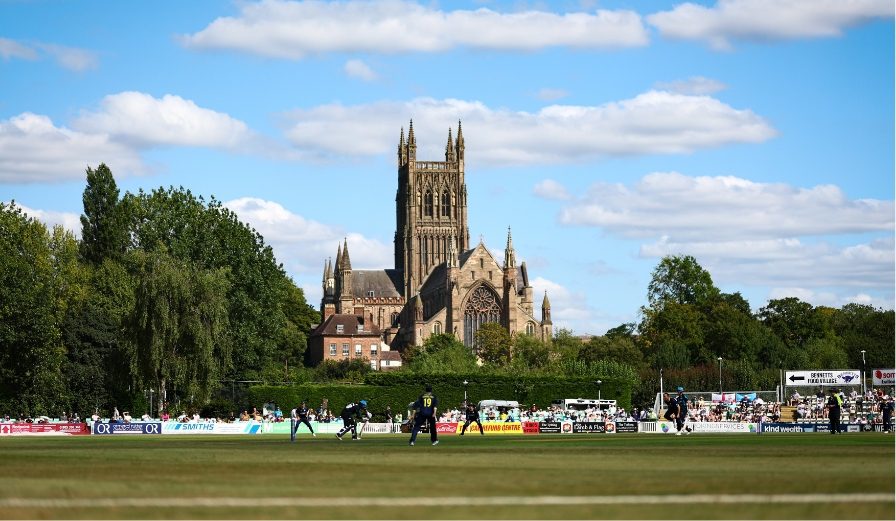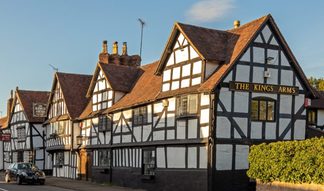Worcestershire is a county nestled in the heart of England.
Famous for its iconic sauce found in most cupboards across the world, mispronunciation, and notably referenced as the magical kingdom in Shrek the Third (which was also mispronounced!).

The most picturesque cricket ground in the country
New Road has been home to Worcestershire County Cricket Club since 1896, widely rated as the world’s most beautiful cricket ground. The ground is overlooked by the iconic Worcester Cathedral and hosts first-class cricket.
Sir Edward Elgar
One of England’s most famous composers was born in Lower Broadheath, Worcestershire. Sir Edward Elgar built an impressive portfolio of celebrated musical masterpieces throughout his life, earning both national and international acclaim for his contributions to music. Visitors can visit the National Trust site of his birthplace.
The land that inspired some of our most loved stories
C.S. Lewis, writer of The Chronicles of Narnia and J.R.R. Tolkien, author of the Lord of the Rings, are two of the most renowned authors of the 20th century, who both shared a unique connection to the Malvern area. Malvern’s inspiring landscapes are said to have influenced their writing, particularly Tolkien’s vivid depictions of Middle-earth.
One notable feature of Malvern is its Victorian gas lamps, which are believed to have inspired Lewis when creating the iconic lamppost in The Lion, the Witch and the Wardrobe. These atmospheric lamps are still lighting parts of Malvern today, and add to the area’s magical charm and enduring connection to their literary legacies.
Worcestershire Sauce
Arguably one of Worcestershire’s biggest exports, Worcestershire Sauce has been produced at the Lea and Perrins factory on Midland Road, Worcester, since 1837. Local chemists John Wheeley Lea and William Henry Perrins created a new condiment. After letting it mature for 18 months, they discovered it had transformed into a flavourful sauce. Impressed by its taste, they decided to bring it to market. Although the factory is closed to the general public, the sauce is an iconic part of the county’s heritage.
Powerhouse of industry
Worcestershire’s rich industrial heritage was shaped by its unique blend of innovation and geography, making it a vital hub of activity during Britain’s industrial heyday. The mighty River Severn and an extensive network of canals served as essential transport routes, fuelling industries across the county. Droitwich became renowned for its salt production, Kidderminster for its exquisite carpets, and Redditch famously produced 90% of the world’s needles during the Victorian era. These achievements showcase Worcestershire’s pivotal role in shaping global trade and craftsmanship, leaving a lasting legacy that visitors can still explore today.
Cider & hops
Due to Worcestershire’s agricultural heritage, the county grows a lot of hops locally. This dates back to the 1600’s right through to today, where the Teme Valley especially has retained an important part of Worcestershire’s hop production. The county has seen an increase in microbreweries in recent years, including The Hopshed, Brew61, Teme Valley Brewery, Bewdley Brewery and Cooper Beech Brewery. Plenty of orchards can be also seen right across the county, resulting in plenty of local cider production, including Oldfields Cider and Barbourne Cider.





